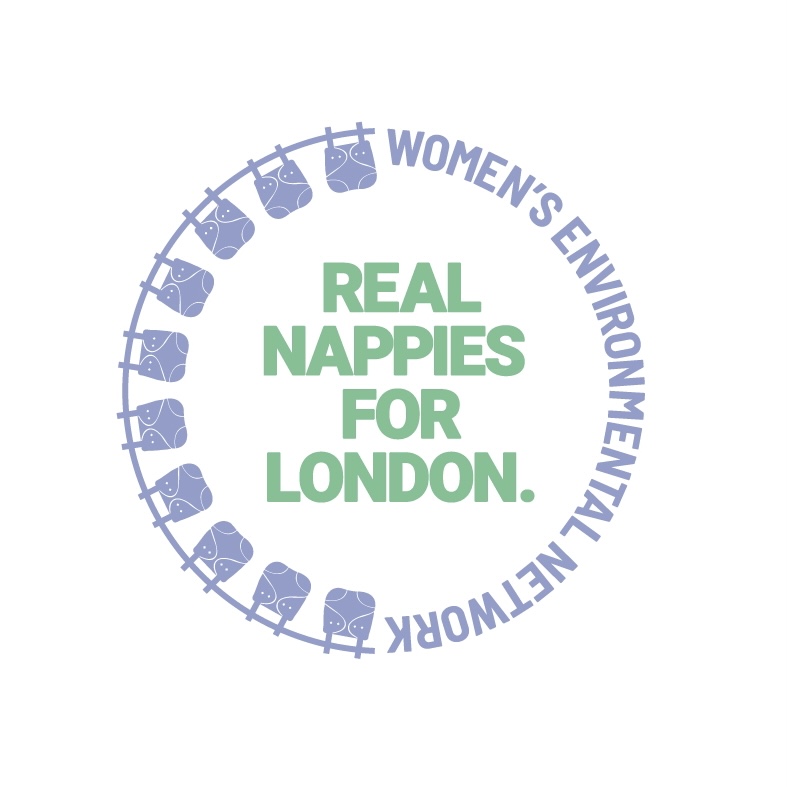The Lifecycle Assessment for Disposable and Reusable Nappies
Using reusable nappies is an action that can be placed at the very top of the waste hierarchy as it helps reduce waste that you are creating in the first place and also means that you are reusing an item again and again. On average a baby will require at least 4,000 nappy changes over 2.5 years that they’re in nappies. If these are single-use, they will all go to landfill or incineration (energy from waste). Alternatively, on average only 20 reusable nappies is all that’s needed.
On Tuesday 28th March 2023, the Department for Environment, Food & Rural Affairs (Defra) published a new and updated Life Cycle Analysis (LCA) for single-use and reusable nappies. An LCA is the global standard for assessing the total environment impact of a finished product and takes into account all aspects of a product’s ecological footprint including resource and energy consumption, emissions to air, water and land, as well as health & ecosystems, and more. The key findings from the report confirms that reusable nappies are best for the environment, that across their lifecycle, reusable nappies have a 25% lower carbon footprint than single-use nappies. A figure that can be improved even further depending on how users decide to wash and dry the products and the use of renewable electricity.
- Reusable nappies produce 25% less CO2 than single-use disposable nappies.
- The environmental impact of production was over 90% lower for a reusable nappy than for single-use.
- The environmental impact of the end of life disposal of a single-use nappy is nine times higher than for that of a reusable nappy.
- Based on the figures in the report, if every child in the UK in nappies used reusable nappies instead of single-use disposable nappies, it would save the equivalent of 700 million car miles of CO2 – that’s nearly 3,000 journeys to the moon in a car!
- The LCA report shows that even when factoring in washing and drying, reusable nappies are still the best nappy choice for the environment.
The majority of the environmental impact for single-use nappies comes from the production and end of life stages, which are not within the control of consumers. Whereas when using reusable nappies, the power to reduce carbon footprint even further is in the hands of the consumer via a variety of simple techniques, including:
- Re-loving nappies – extending the lifecycle of nappies by using nappies on multiple children, gifting to family and friends, donating or reselling for others to buy second-hand.
- Opting for green energy – renewable sources such as solar panel.
- Mindful washing routine – wash on lower temperatures, wash with other items and air dry instead of using a tumble dryer.
